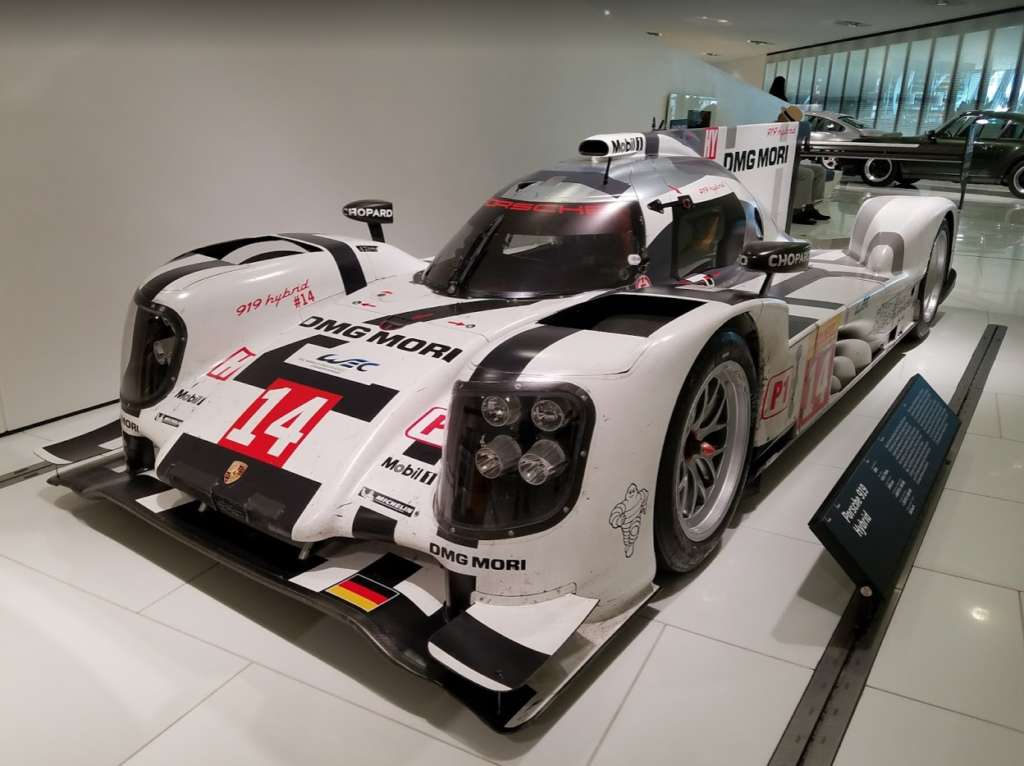I remember the first time I watched Le Mans as a kid – it was a complete mess. Back then, I had no idea who to follow, why there were many different types of cars racing around simultaneously, and how brutal it was for the cars, drivers, and mechanics. Today as I watch, I have a whole new understanding of the orchestrated chaos that ensues behind the scenes, which makes the race all that much sweeter.
Starting in 1923, the 24 Hours of Le Mans (24 Heures du Mans in French) is the world’s oldest endurance race. While the track is named Circuit de la Sarthe, the race is most commonly referred to plainly as Le Mans. The track itself is a 13.6 kilometers (8.5 freedom units for the Americans) semi-permanent track, as it comprises both privately-owned race-specific portions while also incorporating public roads that are open the rest of the year. Track configurations have changed over the years as the speeds at which these machines run is ever-increasing. During the 1988 race, French driver Roger Dorchy was timed at 405 kph (252 mph).

The atmosphere of Le Mans is absolutely electrifying. Parties, a Ferris wheel, go-karts, parades, and rivalries that span the course of four days – Wednesday thru Friday – make Le Mans like no other race in the world. The recent movie Ford v Ferrari (or Le Mans ’66 in Europe) shows some of the excitement from a driver’s perspective and the pure hell that everyone involved goes through to make their machine run at the maximum potential for 24 straight hours.
What many first-timers do not know is that there are really four different races being run at the same time: Le Mans Prototype 1 (LMP1), Le Mans Prototype 2 (LMP2), GT Endurance Pro (GTE-PRO), GT Endurance AM (GTE-AM). The teams are comprised of many well-known brands – Porsche, Ferrari, Chevrolet, and Aston Martin to name a few. In many cases, the teams are owned by individuals, such as Jackie Chan DC Racing and Dempsey – Proton Racing. Each of the classes has its limitations set forth by the Fédération Internationale de l’Automobile – World Endurance Championship – or FIA WEC for short.

Le Mans is a brutal race in which each team pushes its car to its absolute limit. With 24 hours on the clock and pushing the cars to maintain average speeds over 241kph (150 mph) per lap, everything must be perfect. The rules are simple: cover the most distance over 24 hours without having a catastrophic failure. A car can stay in the lead for 23 hours and 57 minutes, but if it cannot cross that finish line at the end, it was all for not. This happened in 2016 – Toyota maintained a good 30-second lead and with 3 minutes 30 left on the clock, the engine decided to let go, allowing Porsche to finally take the lead. To date, this is one of the most emotionally charged finishes I have ever seen and is well worth a watch.
Sadly, many of the top teams departed racing in the prototype categories over the past few years to pursue other opportunities. To me, this has slightly lowered the excitement, as you do not have as much varying speed between the different classes, which creates traffic, frustration, and mistakes. But that is all about to change – Audi, Porsche, and Peugeot have announced their return to LMP and will take Le Mans back to the adrenaline-filled excitement that it once previously had.
As soon as the race is won and the winners have their time to shine on the podium, teams continue to push through sleep deprivation to prepare for the next weekend: 24 Hours Nürburgring.





